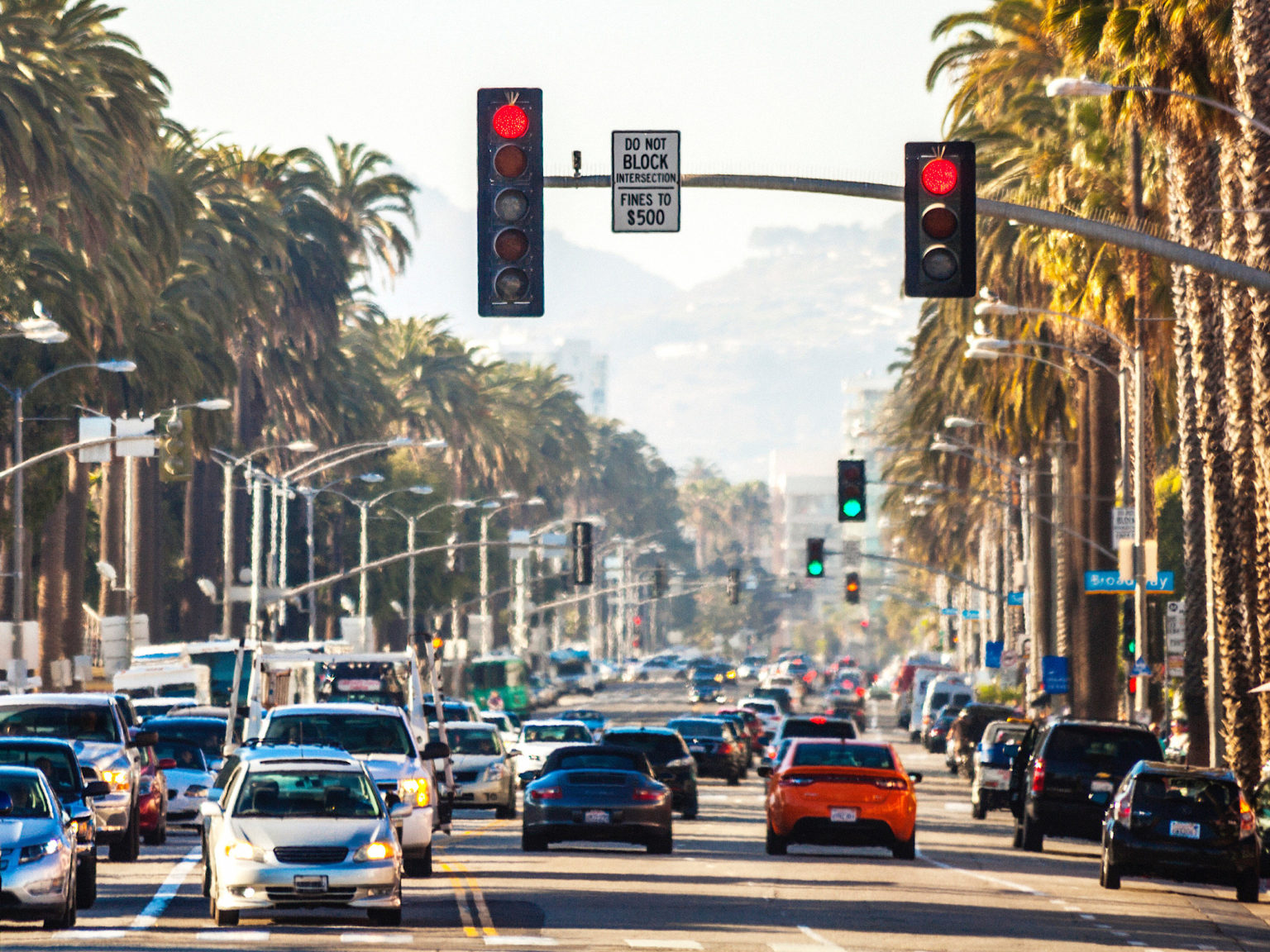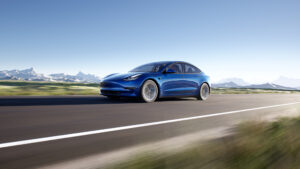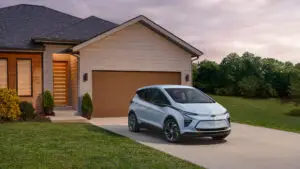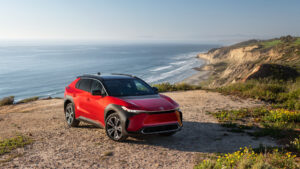California is the country’s largest new vehicle sales market. It’s also in the crosshairs of climate change activists fighting to change decades of regulations in an effort to improve the livelihoods of the state’s residents while also benefitting the plants and animals that live in the state.
Governor Gavin Newson today issued an executive order requiring sales of all new passenger vehicles to be zero-emission by 2035. This means that the sales of gasoline- and diesel-powered vehicles will be banned in favor of battery electric (BEV) and hydrogen fuel cell (FCEV) vehicles.
That goal is poised to eliminate 35 percent of the greenhouse gas emissions and 80 percent of the oxides of nitrogen emissions from cars statewide, according to the State.
Data from the State shows that the transportation sector is responsible for more than half of all California’s carbon pollution. Eighty percent of the that is from smog-forming pollution while 95 percent is from diesel emissions. The transportation sector includes passenger vehicles as well as shipping and other forms of mobility.
“This is the most impactful step our state can take to fight climate change,” said Governor Newsom. “For too many decades, we have allowed cars to pollute the air that our children and families breathe. Californians shouldn’t have to worry if our cars are giving our kids asthma. Our cars shouldn’t make wildfires worse – and create more days filled with smoky air. Cars shouldn’t melt glaciers or raise sea levels threatening our cherished beaches and coastlines.”
The next steps include the California Air Resources Board developing regulations to mandate that 100 percent of in-state sales of new passenger cars and trucks are zero-emission by 2035. Additionally, medium- and heavy-duty vehicles are mandated to be 100 percent zero emission by 2045 where feasible, with the mandate going into effect by 2035 for drayage trucks.
The move to all-BEV and FCEV vehicles won’t eliminate the pollutants spewed by vehicles purchased prior to 2035 or the purchase of used vehicles.
This isn’t the first time California has attempted to regulate electrified vehicles into popularity. Despite the state’s efforts, BEVs, FCEVs, and plug-in hybrid vehicles (PHEVs) are unpopular among buyers nationwide. Out of the 17 million vehicles sold in the U.S. in 2019, just 330,000 of them were plug-in electric cars (BEVs and PHEVs) with 80 percent of those being Teslas. Only 7,000 FCEVs were sold or leased during the same period.
Additionally, “the executive order directs state agencies to develop strategies for an integrated, statewide rail and transit network, and incorporate safe and accessible infrastructure into projects to support bicycle and pedestrian options, particularly in low-income and disadvantaged communities” according to a release by the Governor’s office.
Earlier this year, the California Air Resources Board has approved new regulations requiring truck manufacturers to transition to electric zero-emission trucks beginning in 2024.









